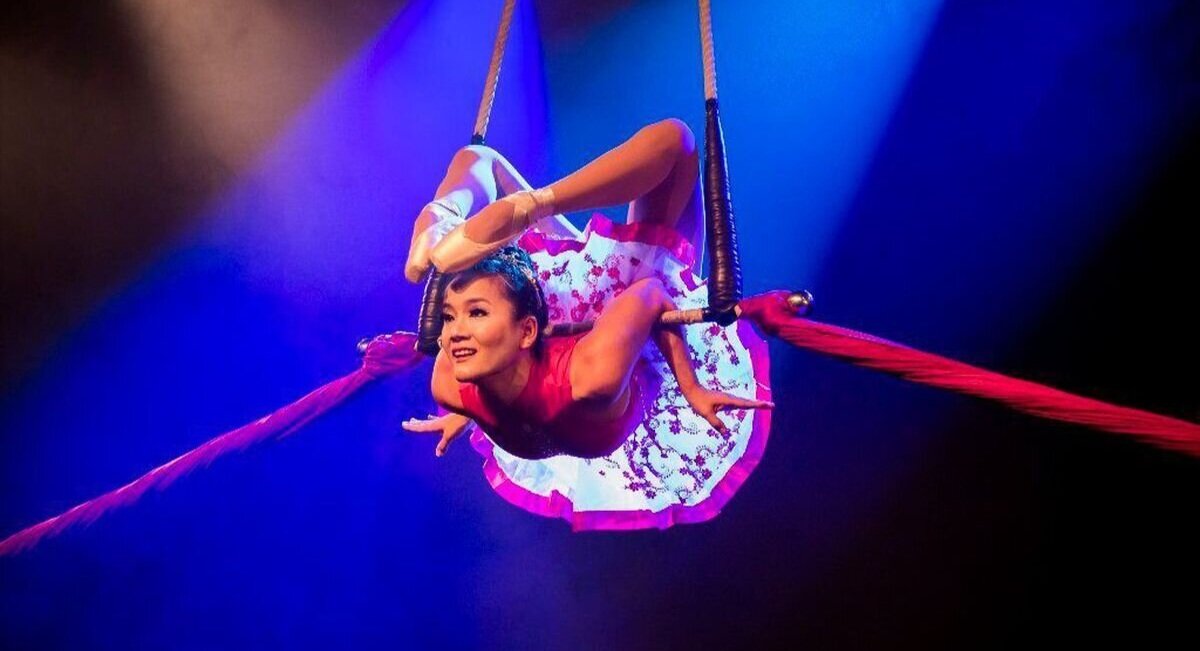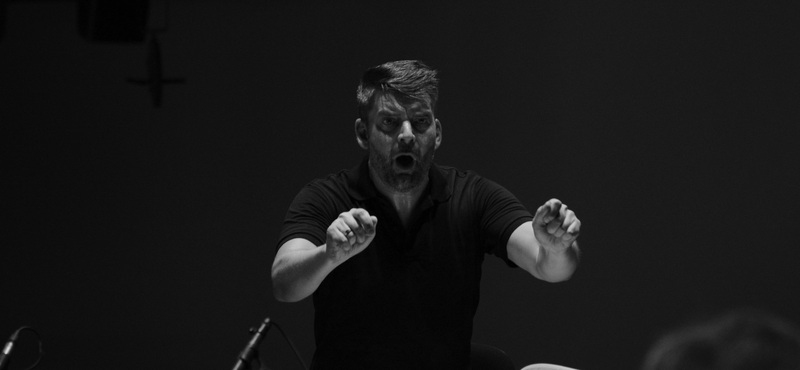No humbug here, but...

The BSO & Troupe Vertigo’s Cirque Nutcracker
Arts organizations have a balancing act every December. On the one hand, the Christmas canon (Handel’s Messiah, Humperdinck’s Hansel and Gretel, Tchaikovsky’s Nutcracker, Menotti’s Amahl and the Night Visitors) is continually marketable precisely because of its familiarity; audiences associate these works with the season and show up in celebration. On the other, you have complementary concerns of bringing in new audiences and avoiding staleness. Music is a more restrictive form than theater and duplicating, for example, the various re-imaginings, updating, and re-stagings of Dickens’s A Christmas Carol doesn’t work so well with these classics. But that doesn’t stop orchestras from trying.
The Baltimore Symphony Orchestra’s lone holiday offering at Strathmore this year was Cirque Nutcracker; a performance last night by Troupe Vertigo, a dance/acrobatic company whose artistic director, Aloysia Gavre, came from Cirque du Soleil. Garvre’s task here was to somehow blend the familiar characters, steps, and storyline of the Tchaikovsky ballet with her acrobats, contortionists, ribbon-twirlers, jugglers, hula-hoopers, clowns, and aerial artists. The result was neither fish nor fowl; there was a Christmas tree and Clara, and the costumes sometimes fit the musical numbers (sometimes not). There were mice (toys and human), but it wasn’t clear if they were bad or good. The classic score – rendered by a downsized BSO, pushed to the back of the stage, playing somewhat dimly under dim blue lighting – gave a skein of musical narrative to the proceedings, but the better you knew the original scenario the less sense the stage action made.
Other than the opening scene with the Christmas tree and a toy nutcracker, there was little in the show that specifically referenced the ballet. It was mainly a series of unconnected solos and duets for Gavre’s virtuoso performers. And they ran the entire gamut of modern Cirque vocabulary along with classical ballet steps, Pilobolus-style body engineering, and props like 6-foot-diameter parallel rings and over-sized yo-yos. Just as with any circus act, the stunts were regularly punctuated by audience applause at particularly flashy moments.
This was a BSO offering, but orchestra management needs to be careful. Yes, it sold reasonably well, and with four total performances on likely just one or two rehearsals, comes out pretty well on the balance sheet. But this was not a collaboration, it was simply an accompaniment (conductor Nicholas Hersh had his back to the performers and did not lead them in any way). And as has been demonstrated many times, accompaniments don’t actually need to be live. No research anywhere has shown that events like this (including video-game concerts and live-scoring of films) expand the audience for core symphonic concerts, which is the genre for which an orchestra exists, and for which the BSO desperately needs to find more support. A good time was had by all Thursday night, certainly, but this class of entertainment is not going to fix anything.





